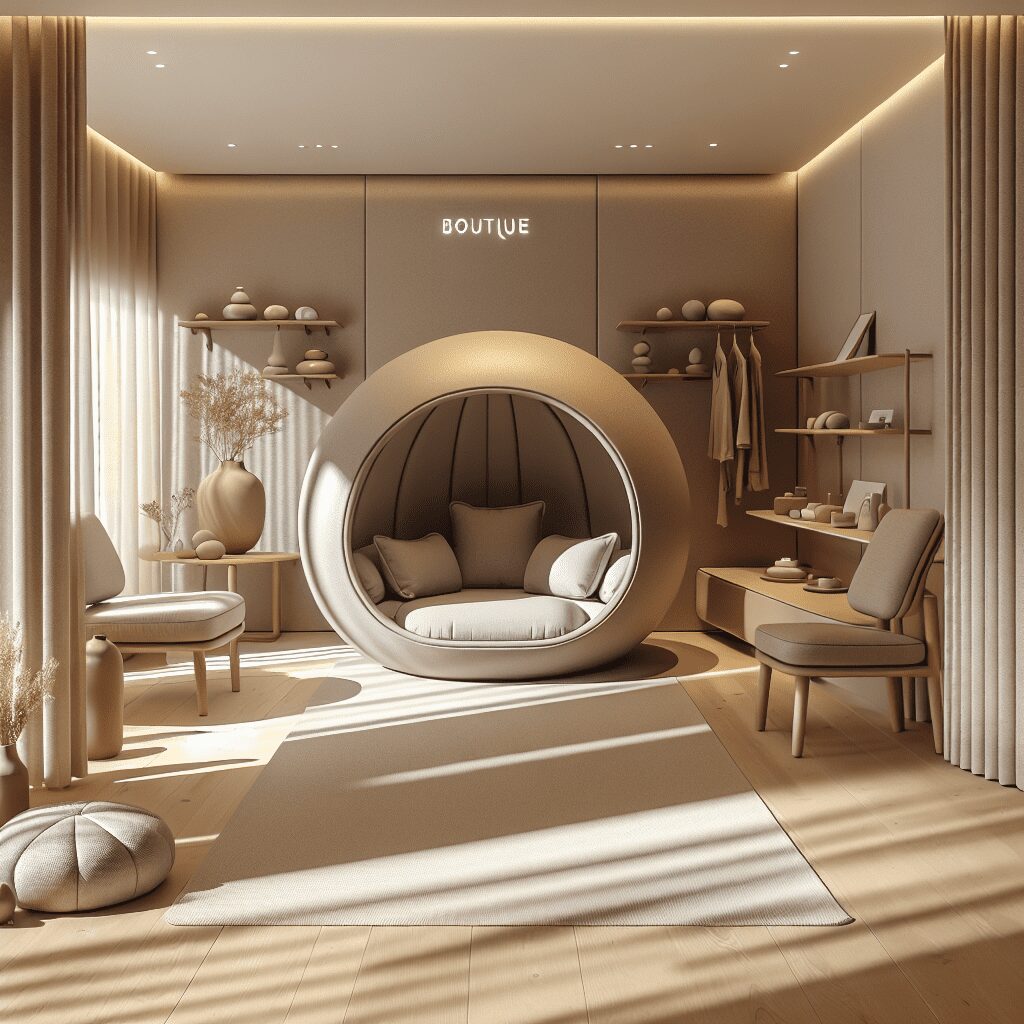
Prioritize your mental well-being daily. Enhance your life by nurturing your mental health with the Smart Meditation app. Break free from stress, alleviate anxiety, and enhance your sleep quality starting today.
Does Craniosacral Therapy Work For Anxiety?
Unraveling the Mystery: Does Craniosacral Therapy Hold the Key to Alleviating Anxiety?
In a world that seems to spin faster by the day, countless folks are on the lookout for a silver bullet to combat their ever-mounting anxiety. Amidst a plethora of traditional and alternative treatments, one therapy has been quietly making waves—Craniosacral Therapy (CST). But the million-dollar question remains: Does it really work, or is it just a drop in the ocean of holistic health fads?
The Essence of Craniosacral Therapy
Before diving deep into whether CST can be the lighthouse guiding anxious souls to serenity, let’s take a quick pit stop to understand what it entails. Originating from osteopathy, this gentle, non-invasive technique is believed to enhance the body’s natural healing capabilities. The practitioner employs a featherlight touch to assess and enhance the flow of cerebrospinal fluid, aiming to ease tensions deep within the body. But, here’s the kicker—while it might sound like something out of a sci-fi novel, it’s grounded in decades of practice.
List of Key Components of CST: Gentle Touch: No more forceful than the weight of a nickel. Cerebrospinal Fluid Dynamics: Aiming to optimize the flow of this vital fluid. Holistic Approach: Considers the person’s well-being in body, mind, and spirit. Self-Healing Facilitation: Empowers the body’s own healing mechanisms.
The Verdict on Anxiety
Now, onto the meat and potatoes—can CST really help with anxiety? It’s a bit of a grey area but leans towards a hopeful yes. Here’s why:
-
Touch Therapy Benefits: The power of touch should not be underestimated. It can trigger a cascade of positive biological responses, including reduced cortisol (stress hormone) levels and increased serotonin and dopamine (happy hormones) levels.
-
Stress Reduction: By promoting relaxation and addressing physical manifestations of stress, CST can help break the cycle of anxiety. Imagine the domino effect, but instead of falling down, each piece stands a little taller.
-
Holistic Healing: By addressing the person as a whole, CST can bring to light underlying issues contributing to anxiety, offering a more comprehensive approach to mental health.
-
Testimonials Galore: While empirical evidence is somewhat limited, there’s no shortage of personal accounts praising CST for its anxiety-relieving magic. Of course, anecdotal evidence should be taken with a grain of salt, but it’s hard to ignore the chorus of voices singing its praises.
Words of Wisdom
It’s crucial to keep in mind that CST, while promising, isn’t a cure-all. It’s more like finding a new tool for your toolbox rather than replacing the toolbox altogether. For best results, consider it a complement to other treatments rather than the sole solution.
Moreover, remember the golden rule—always consult a healthcare professional before embarking on any new treatment journey, especially if you’re navigating the choppy waters of mental health.
Final Thoughts
In the quest to quell the storm of anxiety, Craniosacral Therapy emerges as a beacon of hope for many. While it may not hold all the answers, its potential to contribute to a holistic healing journey is undeniable. So, could CST be the missing piece in your puzzle? Perhaps it’s worth a shot, as every step towards understanding and managing anxiety is a step in the right direction.





